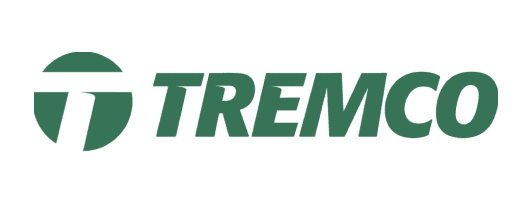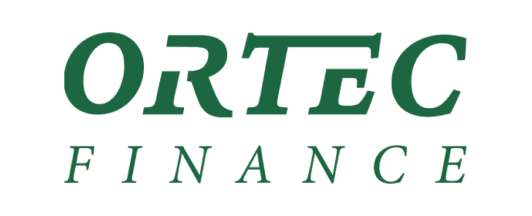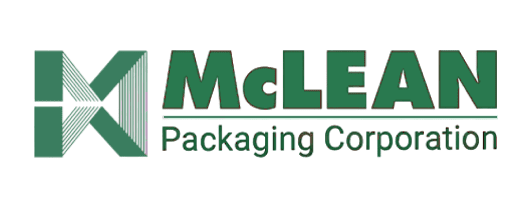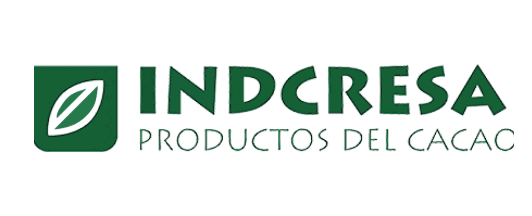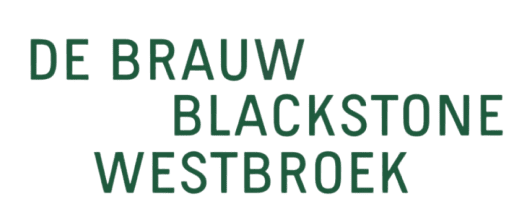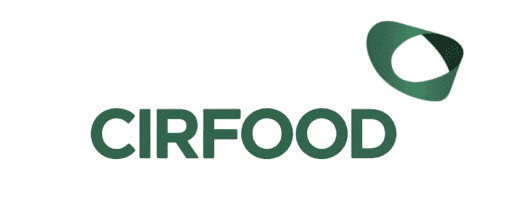Climate risk and
CDP reporting

Your ambition
our commitment
Climate risk, mitigated
Our services
Climate risk and reporting,
from A to Z
Why get support with climate
risk and CDP reporting?
Replies within 24 hours
On the side of transparent progress
Insights
Frequently asked questions
There are two main types of climate risk that organisations need to consider: physical risks and transition risks. Each type encompasses a variety of risks that can have a significant impact on operations, financial performance and overall resilience, including acute and chronic physical risks (e.g. extreme weather events, natural disasters, sea level rise and temperature increases), policy and legal risks, technology risks, market risks and reputational risks, to name a few.
To effectively manage and mitigate these risks, organisations should conduct an environmental risk assessment and develop future scenarios to model potential impacts on operations, develop mitigation and adaptation strategies, and monitor regulatory changes and new technologies.
Mapping climate risks across your value chain is an important step in preparing for compliance with the Corporate Sustainability Reporting Directive (CSRD) for several reasons. First, it will help you comply with section E1 of the European Sustainability Reporting Standards (ESRS), which requires companies to identify and disclose material climate risks and opportunities through the double materiality assessment process. Second, the CSRD requires climate-related risks and opportunities to be assessed using scenario analysis, including both low-carbon transition scenarios (e.g. 1.5°C warming) and high physical impact scenarios (e.g. 4°C warming). Mapping risks across different scenarios helps to meet this requirement. Finally, the CSRD also requires information on mitigation and adaptation strategies, transition planning, and governance and risk management mechanisms. These should all be part of a climate risk assessment.
CDP is a questionnaire-based sustainability rating system that provides a reliable and trusted framework for companies to disclose their climate impacts. Companies must submit their environmental information through the CDP online portal. CDP operates on an annual disclosure cycle, with the questionnaire response window typically between June and September (as in 2024). In general, parent companies submit a consolidated response that includes all data relating to subsidiaries.
CDP has made a number of significant changes to its corporate disclosure framework and questionnaire, most notably the integration of its questionnaires for climate change, forests and water security into a single corporate questionnaire. It has also introduced a new, dedicated questionnaire for SMEs and aligned its questionnaire more closely with reporting standards such as International Financial Reporting Standards (IFRS) S2, the Task Force on Nature-related Financial Disclosures (TNFD), the European Sustainability Reporting Standards (ESRS) and the US Securities and Exchange Commission’s climate disclosure rule.
A comprehensive environmental risk assessment evaluates physical and transition climate risks across your entire value chain, including potential economic effects of climate change. It informs strategic decision-making and helps manage risks while identifying adaptation opportunities. For tailored guidance, our climate risk consulting experts can assist with in-depth assessments and scenario analysis.
Climate risk management integrates mitigation, adaptation, and risk financing strategies to minimise adverse impacts from climate-related hazards and transition challenges. This holistic approach helps safeguard operations and optimises opportunities in a changing regulatory landscape. Our team provides bespoke climate risk management advice designed to fit your organisation’s unique profile and reporting needs.
The CDP reporting framework is a globally recognised voluntary disclosure system that covers climate impacts, governance, emissions, risk management, and targets. It aligns closely with leading frameworks such as ISO, IFRS S2, and CSRD, helping organisations improve transparency and stakeholder confidence. To navigate CDP’s evolving requirements effectively, Nexio Projects can provide expert support throughout the reporting cycle.
Climate change poses significant economic risks including increased operational costs, supply chain disruptions, and evolving market conditions. Proactively integrating these economic considerations into your climate risk strategy enhances long-term sustainability and competitiveness. Our experts can help quantify these impacts and develop strategies that align with corporate goals.
Based in the Netherlands and recognised globally by Verdantix, Nexio Projects is a top rated ESG and sustainability consultancy with deep expertise in climate risk reporting. With project experience across 20 countries and more than 25 industries including logistics, shipping and consumer goods, Nexio Projects supports businesses in aligning with frameworks such as TCFD and CDP.
As an experienced ESG advisory firm and climate change consultancy, we offer sustainability services such as identifying climate risks and opportunities, developing scenario analyses, and preparing high quality disclosures.
Whether you are seeking an consultancy to improve your CDP scores or a sustainability expert to align with investor expectations, Nexio Projects is your strategic partner for credible, compliant climate reporting.




